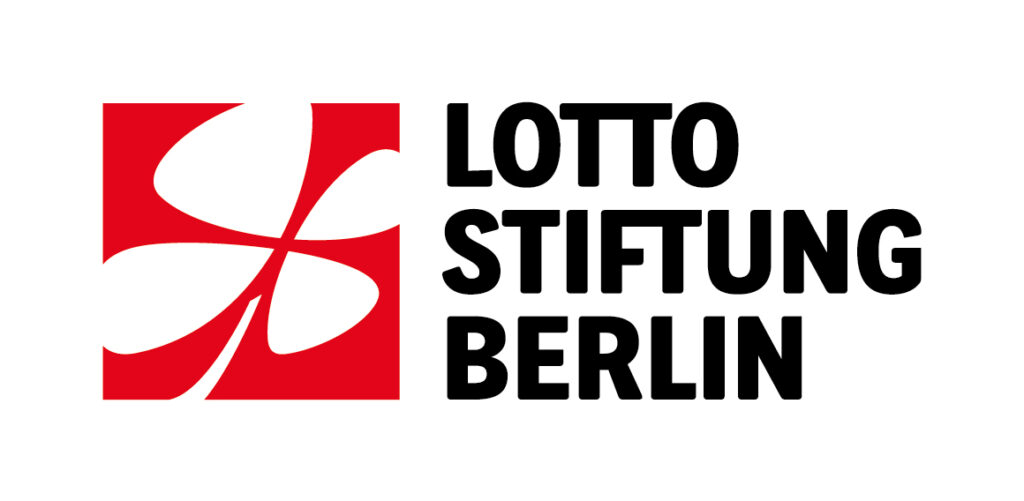30.9-3.10.2022 in Berlin
Living. Work. Live.
The building culture and ideals of the Modernism were closely linked to the development of modern societies and their urban centres - such as the unified municipality of Greater Berlin, which only came into being in 1920. The Modernism project also expresses people's hopes for a better future, more democracy, social participation, emancipation and involvement. With the motto "Living. Work. Leben." (Living. Working.), Triennial is dedicated to the answers that the Modernism found to design, urban planning, social and hygienic questions - questions that are highly topical again today.

Focus and concept
Like only a few metropolises worldwide, Berlin lends itself to conveying a holistically shaped image of the Modernism. This spectrum of ideas and culture ranges from the early reform movements of the 19th century and the emergence of the "Electropolis Berlin" to the New Building of the 1920s and 30s and the post-Modernism of the 1980s.
But Berlin also plays a special role historically and is exemplary for the upheavals at the political and social level. After the political and cultural caesura of the Nazi era, post-war modernism, in the course of reconstruction, took up again the goals and ideals of the "Classical Modernism", as expressed, for example, in the conception and design of the six "Estates of Berlin Modernism", now listed as UNESCO World Heritage Sites:
The confrontation of the political systems in East and West culminated in urban development and is visible from afar. This can be seen particularly impressively in the comparative juxtaposition of facilities erected in the course of the West Berlin IBA in 1957 with the buildings constructed in two sections along Karl-Marx-Allee. The 1960s and 70s saw the conversion to a car-friendly city. Large-scale housing projects were built as well as important Brutalist buildings. These include the Czech Embassy, where the launch event for Triennial of Modernism 2022 will take place.
This plurality of approaches, forms and ambivalences of Modernism in architecture, culture, urban development and the history of ideas is reflected in an equally broad spectrum of approaches, interpretations, formats and current actors:
The Berlin program of Triennial is fed by offers from a total of 24 partners. It is funded by the LOTTO Foundation Berlin as part of a shortfall in funding, which is supplemented by individual partners' own and third-party funds. In addition to tours and architectural visits, exhibitions, installations, performances, lectures, discussion events, symposia, interactive formats, live streams and digital media offerings are planned. An overview of central program points will be available at the end of August.
Save-the-weekend
30.9.-3. October 2022
Contact
organisationally represented
by the Berlin curator duo
Robert K. Huber
zukunftsgeraeusche GbR | BHROX
bauhaus-reuse.de | zukunftsgeraeusche.de
Office +49 (0)30-314-72202
Ben Buschfeld
buschfeld.com - graphic and interface design
buschfeld.com | tautes-heim.de | LinkedIn
Office +49 (0)30-25922963
Social media
Promotion
The Berlin Programme is funded by:

Thematic areas and buildings
Modernism Diversity | Diversity of Modernism
- The UNESCO World Heritage "Estates of Berlin Modernism", six Berlin Estates
that provided convincing answers to the housing shortage rampant at the time - Factory, transport and infrastructure buildings from the era of industrialisation
- Buildings and evidence of the reform movements of the early Modernism,
such as the Garden City, Volkspark, Werkbund and Bauhaus movements. - Unknown pearls of the Modernism throughout the city area
- Traces and sites of the Bauhaus in Berlin and the surrounding area
- Important town squares, ensembles and garden monuments of the Modernism
- Iconic cultural, administrative, community and commercial buildings of the 20th century
- Buildings from the Nazi era and memorials commemorating crimes of the Third Reich
- Parallel and partly directly competing urban development projects in East and West
- Formative housing projects of the post-war period and the 1960-70s
- Architectural-cultural interactions between post-war modernism in the East and West
- Important collections and museums of the Modernism
- Urban development and participation laboratories that innovatively and respectfully reuse, repurpose or temporarily accompany the architectural and cultural heritage of the Modernism
Other topics and locations (selection)




Wohnstadt Carl Legien, Weiße Stadt Reinickendorf, Großsiedlung Siemensstadt © *Alle Fotos: Ben Buschfeld
